WELCOME TO NAMIBIA!
After collecting your rental car at the Hosea Kutako Airport (about 45 minutes outside Windhoek), you drive into the capital city to your hotel.
In the afternoon you can explore this interesting city that still has many traces of its German past, visiting famous buildings like the Old Fort, the Tintenpalast, the Independence Memorial Museum or the Church of Christ (Christuskirche). You could also undertake a guided tour to Kathatura township, which is a fascinating, humbling and eye opening experience or go shopping along Independence Avenue. Of course you can also just relax in the guest house’s pool, which is heated by a natural thermal spring.
For dinner (not included) we recommend Joe’s Beerhouse with its special atmosphere for some local culinary delights.

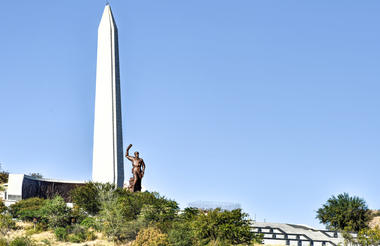
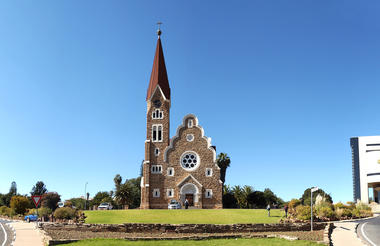
Today you drive over the Khomas Hochland and then down the steep Bosua Pass down to the Namib Desert. The next morning (day 3) you depart before sunrise to the Namib Naukluft National Park, where you can also climb one of the huge dunes. From the Park entrance it is around 65km to the parking g area among the dunes, from where you could optionally take a 4x4 transfer for the remaining 5km to Sossusvlei - the dried-up swamp area of the Tsauchab River. Afterwards you should still visit the Sesriem Canyon, where the river has washed a deep gorge into the countryside. The afternoon is spent at your leisure.
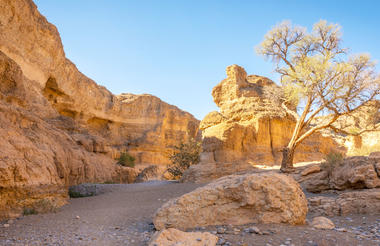
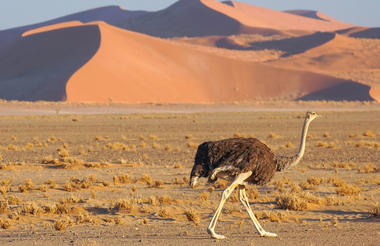
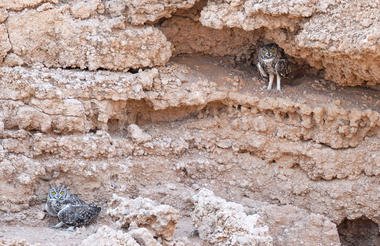
After a leisurely breakfast you continue towards Sossusvlei. From Walvis Bay you continue along the coast, where the waves of the cold Atlantic Ocean crash onto the hot sand and where most mornings everything is shrouded in mist, to Swakopmund, where many buildings from the German, colonial past remain. For dinner (not included), we recommend the Station Grill in the historic old station or the well-known “Cape To Cairo” restaurant in the Hotel Grüner Kranz, where you can experience an interesting cross-section of African cuisine, such as stuffed venison stomach.

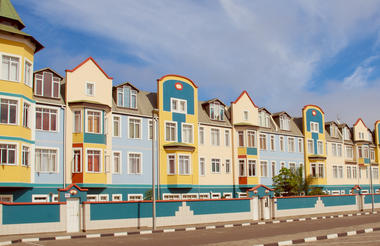
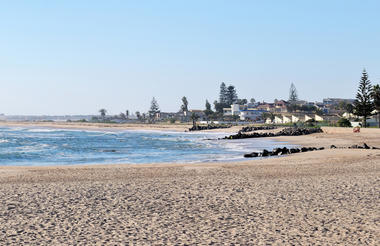
The whole day is at your leisure. You could simply enjoy the sun on the beach – swimming in the sea is only for the very brave, as the Atlantic Ocean could even be a few degrees colder than the North Sea here. You could also go shopping at the excellent shops in town and buy some Namibian ‘velskoene’ or a safari suit, or you could take a walk around this interesting town. If you prefer, you could optionally go on a sight-seeing flight over the desert in a light aircraft, or you could go dune-boarding or even quad-biking in the desert.
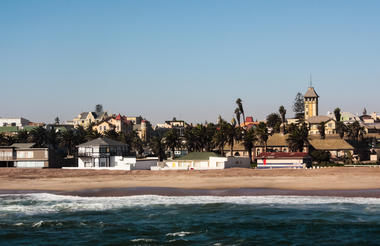
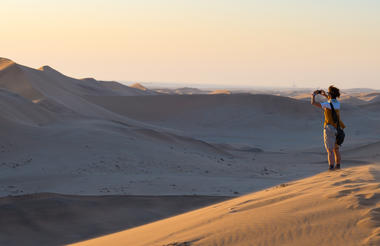
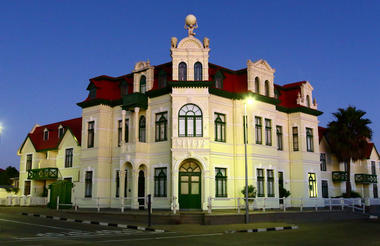
Today you first travel to Uis and then on to Twyfelfontein. On your way to Twyfelfontein, where you can visit the ancient rock art of the San People, you will pass the Brandberg, Namibia’s highest mountain. What makes the Twyfelfontein site unique is that these people did not paint their world as the Bushmen did, but that they chiseled it into stone. Near Twyfelfontein you can also view the basalt “organ pipes” of the Burnt Mountain (not to be confused with the Brandberg), as well as the Petrified Forest, where giant trees were washed down from Central Africa in a great flood and later turned to stone.
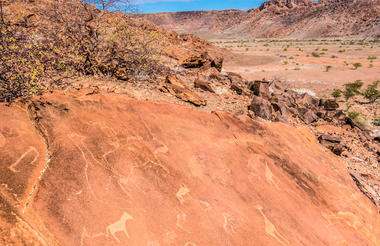
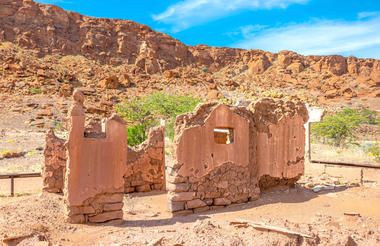
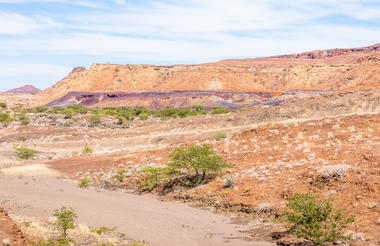
You spend the morning exploring the ancient rock art at Twyfelfontein and its other sights, before continuing via Kamanjab through to your lodge for tonight. En route a visit to the Himba clan that settled on a farm nearby. You experience some of the culture of these big and friendly people who are known for their traditional hair styles and red skin, which they used to cover with sheep’s fat, but now use Vaseline mixed with fragrant herbs and natural colorants (red for the women and black for the men). The Himbas are a very proud tribe which still live in traditional huts - similar to the stone-age – but because of their vast amount of cattle, which they never slaughter, are probably richer than most of their visitors. Therefore they are one of the richest tribes in Africa.


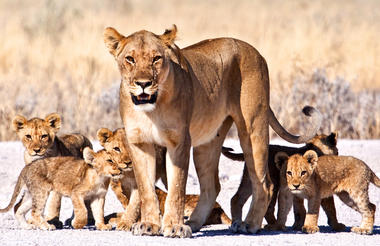
After breakfast you drive towards your next highlight - Etosha National Park. If you arrive at your lodge in good time, you could possibly already spend the afternoon in the park. At the heart of this National Park is the Etosha Pan, a vast dry shallow depression. Perennial springs feed the waterholes along the southern verge, which attract a myriad of animal species. You spend 2 nights here.
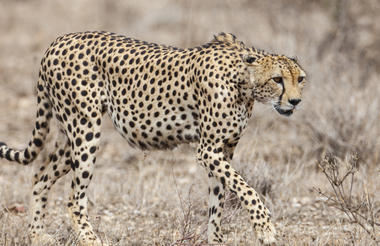
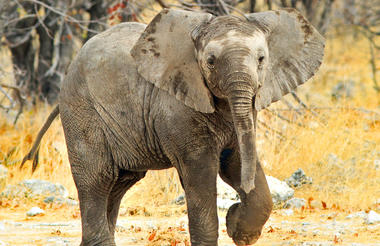
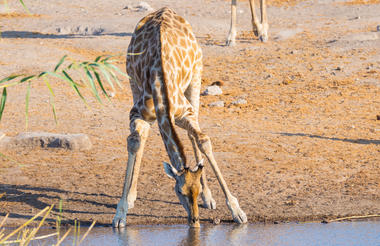
No plastic bags allowed in all Namibian National Parks!
It is advisable to leave camp early for your self-drive safari in the park, before the heat of the day causes the animals to hide in the shadows. You spend most of the day in the park with its great variety of wild animals and its shimmering salt-pans. Today you traverse the Park towards a different rest camp on the Eastern side of the National Park (2019) or your hotel on the boundary of Etosha, just beyond the van Lindequest Gate (2020).
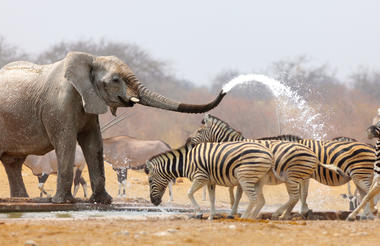
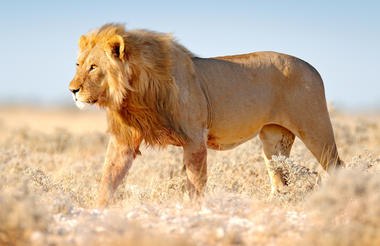
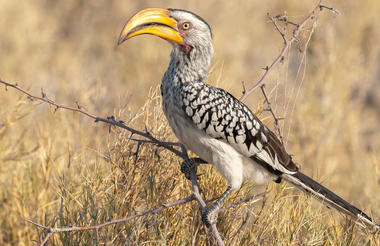
Today you start heading south again as you travel towards Tsumeb. On the way you pass Lake Otjikoto which was formed when the “roof” of a dolomite cave collapsed. In the 1st World War German soldiers made use of this lake to dump some of their equipment, much of which was raised again and can now be seen in the Tsumeb Museum. From Tsumeb you continue via Otavi in the direction of the Waterberg Plateau National Park, where a project to protect some of the endangered species of Namibia has been started. This national park is at the top of a mountain, and well-known for the rock formations found there.
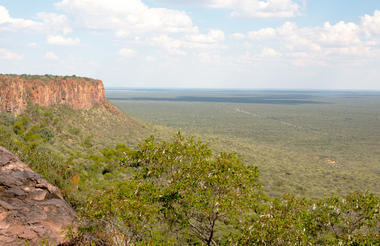
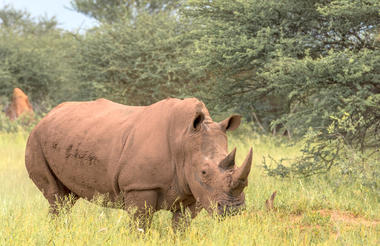
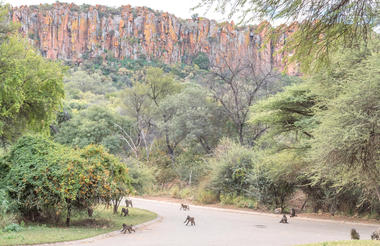
After breakfast you travel back in the direction of Windhoek to a Guesthouse located between the city and airport. Here you have a final opportunity to relax and get ready for your flight home.
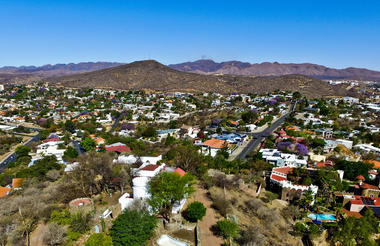
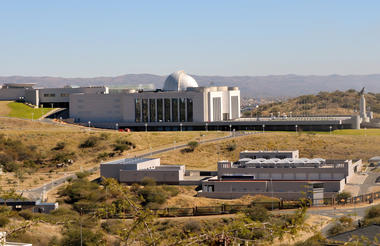
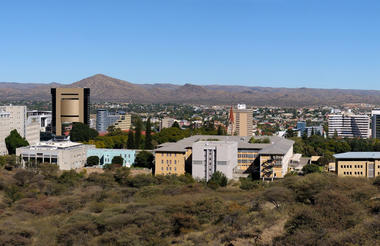
Today you drive to the Hosea Kutako Airport to drop off your rental car and to check in for your flight home.

